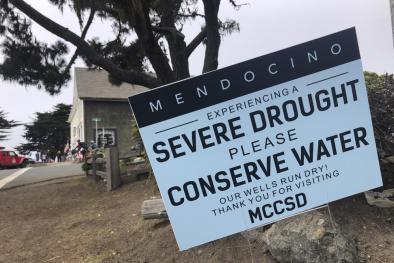Previously sunken boats are emerging at Lake Mead as water disappears

Climate Signals summary: Human-caused climate change is continuing to worsen the drought in the Western U.S., leading to an increasing possibility of more significant water use restrictions in western river basins, including Lake Mead.
Article excerpt:
The water level in Lake Mead — the nation's largest reservoir — dropped below 1,050 feet elevation for the first time last week, a critical milestone that signals more stringent water cuts are around the corner for the Southwest.
If the US Bureau of Reclamation determines in its August report that the lake level will be at or below that elevation in January 2023, the Southwest will move into the second tier of unprecedented water cuts that will further reduce the amount of Colorado River water that can be used by cities, industry and tribal water users.
Lake Mead, which provides water to roughly 25 million people in Arizona, Nevada, California and Mexico, is currently operating in a Tier 1 shortage, which began in January. Under Tier 1 conditions, Southwest states saw mandatory cuts in the water they could consume from the Colorado River. Those cuts have primarily affected agriculture.
If the lake's water level is expected to stay below 1,050 feet by January 2023, the more significant Tier 2 shortage would be implemented. Arizona would go from the current 18% cut to 21% and Nevada will go from 7% to 8%. Mexico will also see a 7% cut in its water.
You can read the rest of this article here:
https://www.cnn.com/2022/05/24/us/lake-mead-water-level-climate/index.html
Related Content






